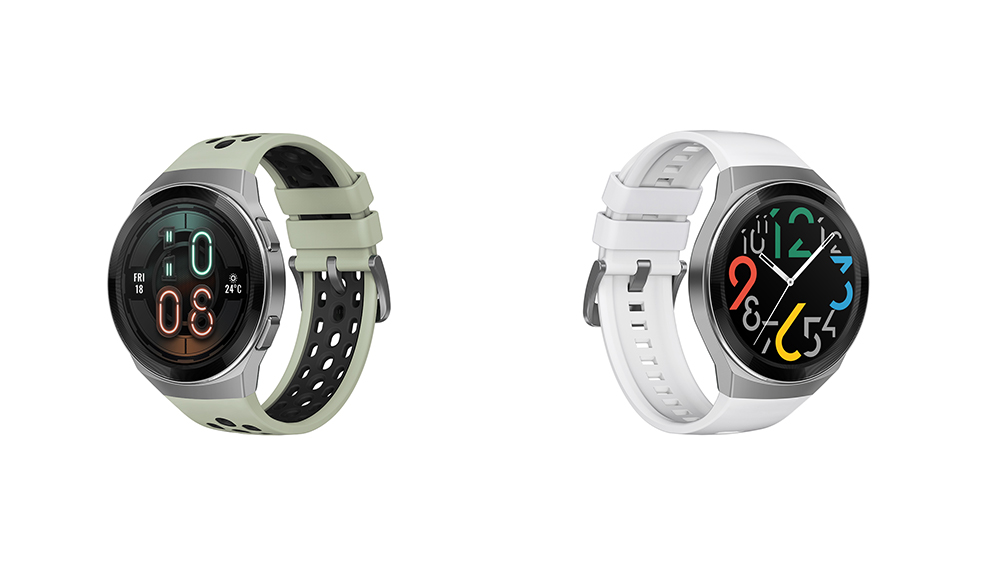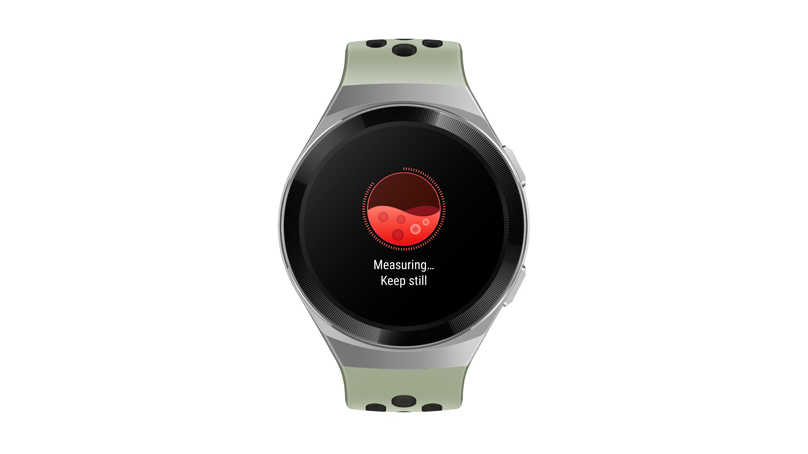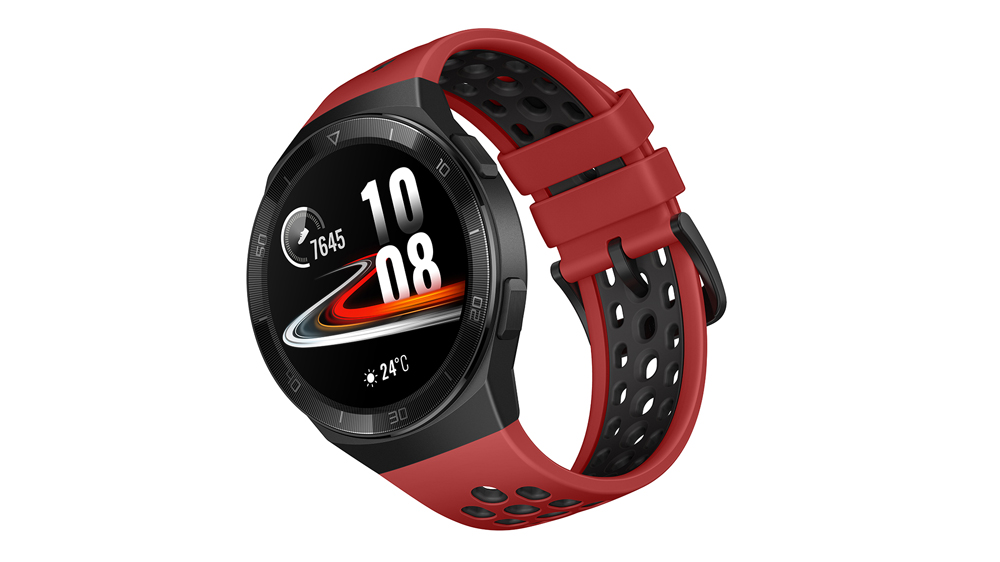Our Verdict
The Huawei Watch GT 2e is not a typical smartwatch, for both good and bad reasons. On the plus side, it boasts a battery life of up to two weeks and offers impressive run tracking for a budget smartwatch as well as covering a wide range of other types of exercises. Unfortunately, in order to achieve the battery life (and other things), Huawei had to leave Google’s Wear OS platform behind and run its own Lite OS software. Although it does have music storage, the split from Google means it’s mostly a smartwatch in name only, lacking third-party apps, NFC payments or a voice assistant. The net result is a great-value sports watch with a lovely screen, but it won’t quite satisfy either the very sporty or those looking for a proper smartwatch.
For
- Great value and almost always heavily discounted
- Running workouts and training plans
- Useful training analysis
Against
- No customisable workouts
- No always-on screen during runs
You can trust Coach
Should I Consider Buying Something Else?
The limitations of the iOS app will rule out the GT 2e as an option for iPhone users, who are better served by the Apple Watch Series 3 or Series 5 at any rate, but it is an intriguing option for Android users. It compensates for its relative lack of smart features with excellent battery life and solid sports, sleep and activity tracking – all for £160, or even less if you shop around.
The GT 2e works particularly well as a solid budget running watch, rivalling the likes of the Garmin Forerunner 45 and Polar Ignite. Those watches do offer a better running experience and have some useful extra features like customisable workouts, but the GT 2e does the basics very well and has the advantage of a bright AMOLED touchscreen.
In fact it’s a better running watch than most Android smartwatches, including far pricier ones like the Samsung Galaxy Watch, though those do have the added benefit of apps and features like NFC payments.
If you like the sound of the features but the design isn’t doing it for you, cast your eyes over the Honor MagicWatch 2. Honor is a Huawei subbrand and the watches are very similar, with a few minor deviations.
Huawei Watch GT 2e In-Depth

Running With The Huawei Watch GT 2e
Running is the most developed sports mode on the GT 2e, with 13 guided workouts built into the watch and the ability to set up training plans for 5K, 10K, half marathon and marathon races.
Huawei has also partnered with Firstbeat to provide detailed insights into your training and fitness, like the aerobic and anaerobic effect of a run, an estimate of your VO2 max, and advice on your recovery times and the effectiveness of your overall training load. It’s reminiscent of what you get on a Garmin watch (by far the most popular brand among runners) for the simple reason that Firstbeat also supplies the tech that Garmin uses to get this info.
Unfortunately, the actual running mode on the GT 2e is a little basic. You can change the stats that are shown on your run screen, but the data fields available fall short of what you get on a similarly-priced device like the Garmin Forerunner 45 running watch or Polar Ignite fitness watch. Neither can you set up your own structured workouts on the watch, a useful feature if you want to follow a training plan in advance of an event.
I also found heart rate accuracy to be fairly poor when running – the GT 2e’s reading rarely matched up to a chest strap. GPS accuracy was fine though, and the watch was remarkably fast to lock on to satellites at the start of a run, often outperforming my £600 Garmin Fenix 6 Pro on this front.
Another minor mark against it is that the screen is not always-on when running – you have to turn your wrist to activate it. This saves battery life but means you have to wait a second with your wrist raised to see your stats, which is not always easy to do when running quickly and is always a pain.
All in all, however, the GT 2e is a solid run tracker, offering some impressively in-depth training insights through the partnership with Firstbeat, It’s still not going to replace a dedicated device like a Garmin Forerunner if you’re a very keen runner, but it will cover the needs of casual runners and then some.
Activity Tracking With The Huawei GT 2e
The everyday activity tracking on the watch is basic but well implemented. You have three targets for each day – 10,000 steps, 30 active minutes and 12 hours, the last of which encourages you to be active for at least a short period of time every hour. These stats are well presented on a screen where rings around the outside show how you’re progressing towards your goals. However, there are no inactivity alerts, which would be useful to help avoid sitting still for too long.
The GT 2e also has an SpO2 sensor to measure the oxygen saturation levels of your blood, and although this is increasingly a standard feature on modern fitness trackers and watches, Huawei does a better job than most of explaining what the reading actually means. There’s a brief blurb on the watch saying what SpO2 is and that a reading of over 90% is expected unless you’re in extreme conditions like high altitude.

Sports Tracking With The Huawei GT 2e
There are 100 workout modes available on the GT 2e, and while runners get the best preset workouts and training plans, it’s good for recording your activity no matter what your favourite type of exercise is.
I found the heart rate tracking to be more reliable when cycling indoors than when running too, rising and falling in line with a chest strap with surprisingly little lag. It also has swim modes for both pool and open-water swimming, though I haven’t been able to test these during the COVID-19 lockdown.
Sleep Tracking With The Huawei GT 2e
I found the GT 2e comfortable to wear through the night, when Huawei’s impressive TruSleep sleep tracking kicks in. The watch will give you a rating out of 100 for overall sleep, deep sleep and breathing, along with the usual stats like time in each stage of sleep – deep, light, REM – and a graph showing your cycles through the night.
Importantly, every stat is well explained in the Huawei Health app, so you can see why each is important and what would be normal or desirable for most adults. The accuracy of this sleep tracking passed my sense test, and with all that info available in the app the GT 2e is right up there as one of the best smartwatches for sleep tracking.
How Often Am I Going To Have To Charge It?
You might be able to eke the claimed two weeks of life out of the GT 2e if you disable useful features like the always-on screen and continuous heart rate tracking. You should turn all those things on though, because they make the GT 2e a far more impressive all-round device and one that will still go a week between charges. That’s excellent for a watch with such a big, bright screen, and outperforms the Garmin Venu, a sports watch that has a smartwatch-style screen.
Where Can I Wear It Without People Laughing At Me?
Although I prefer the design of the standard GT 2, the GT 2e is still a good-looking watch with a slim and simple design that won’t look out of place anywhere (if you go for the basic black silicone strap, rather than one of the sportier designs with holes dotted all over the strap). Swapping the strap is possible but fiddly because it fits right into the watch, which also means you have to get the exact same design of strap to fit the space. With some brands you can swap in pretty much any 22mm watch strap, but with the GT 2e you’ll probably be sticking with the one you pick when you order it, so order wisely.

Nick Harris-Fry is a journalist who has been covering health and fitness since 2015. Nick is an avid runner, covering 70-110km a week, which gives him ample opportunity to test a wide range of running shoes and running gear. He is also the chief tester for fitness trackers and running watches, treadmills and exercise bikes, and workout headphones.

